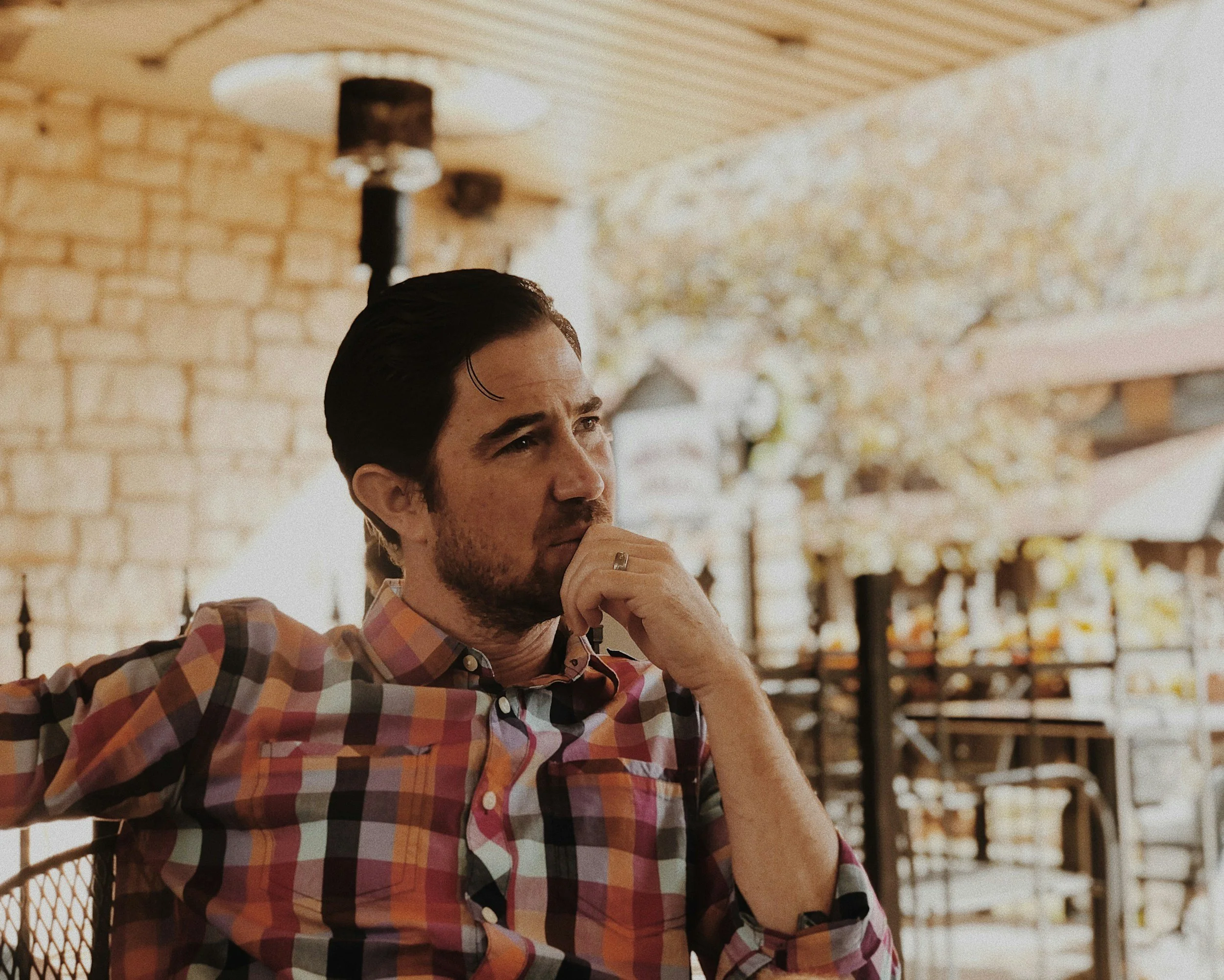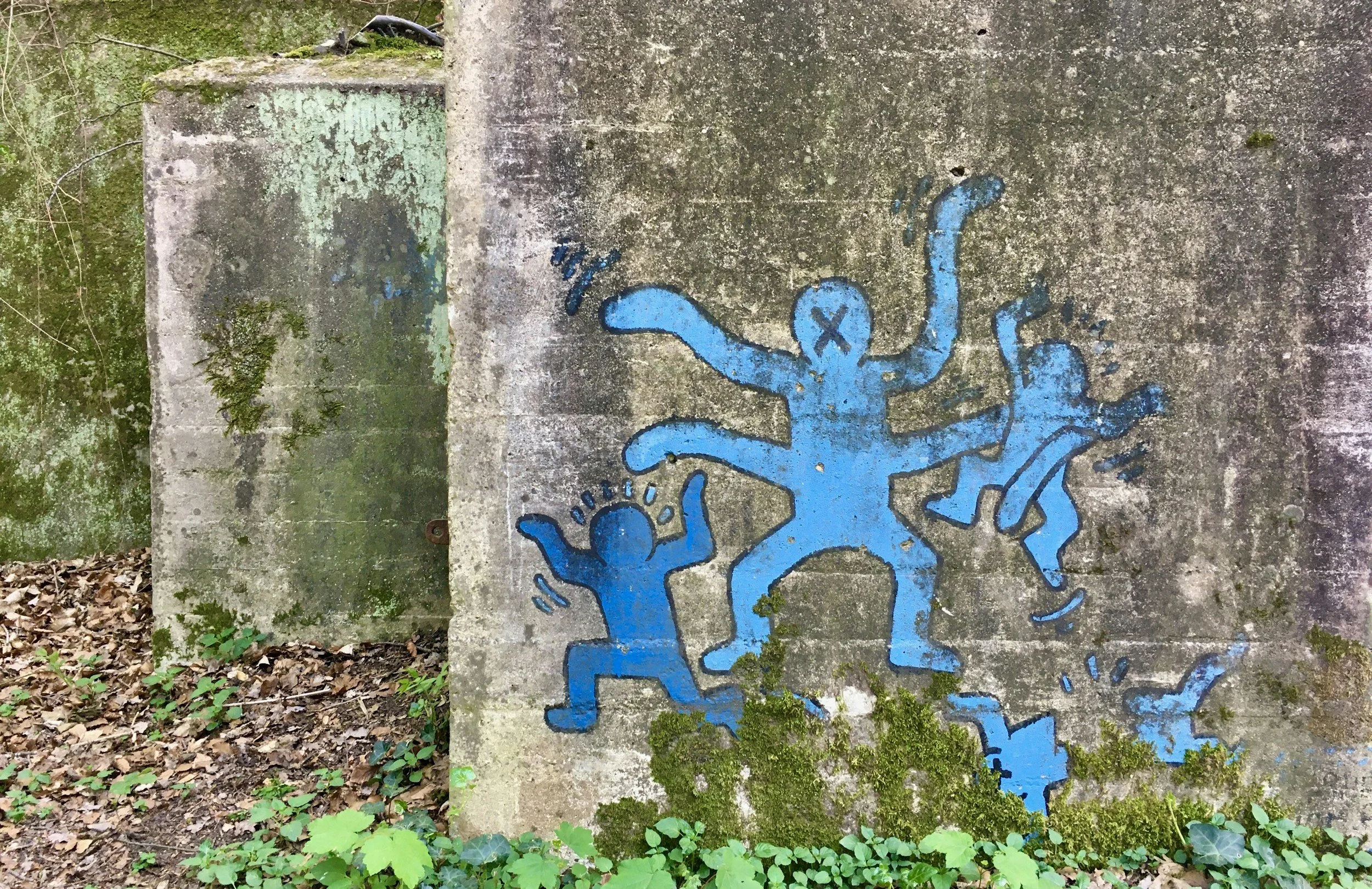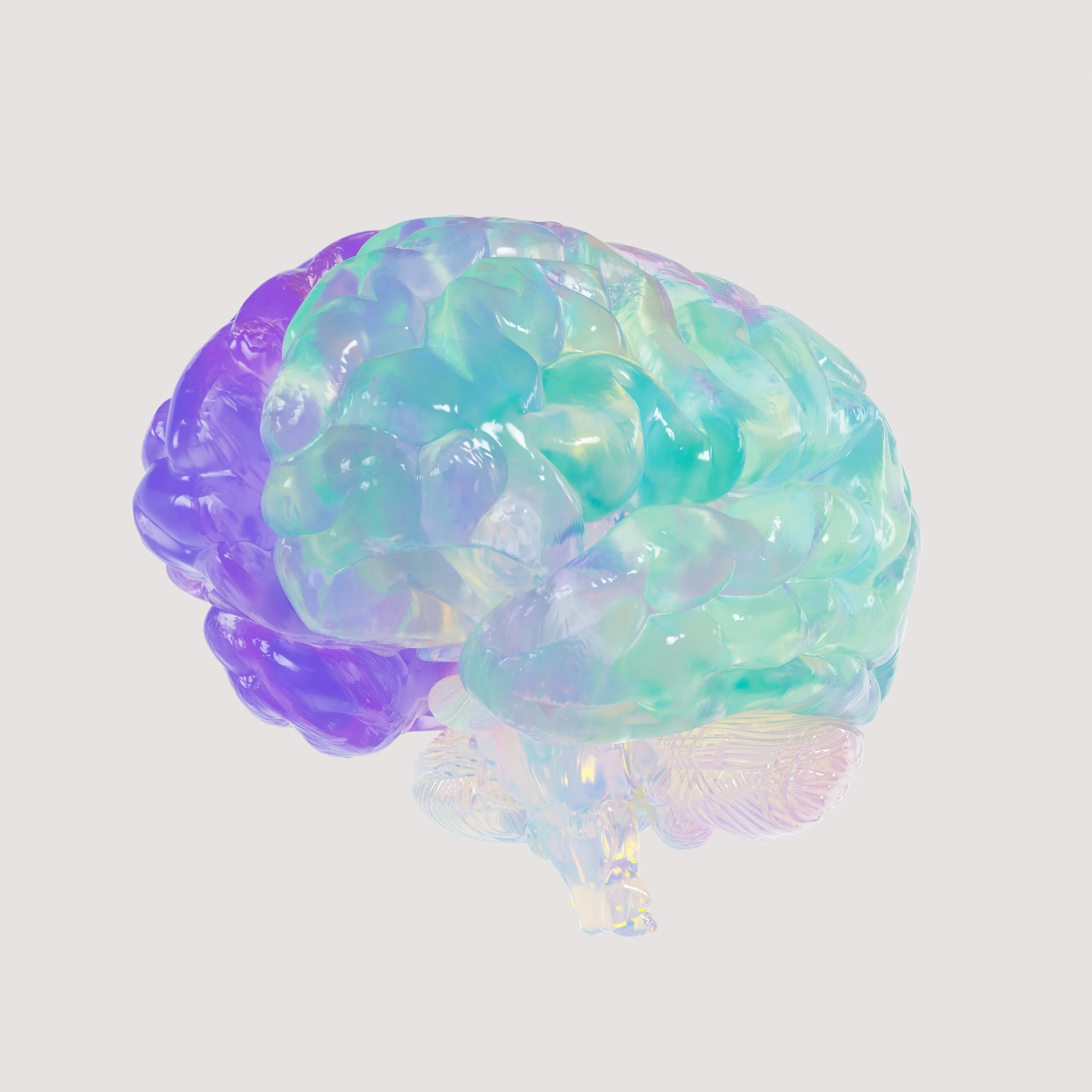
The Science Behind Eye Movements in ART Therapy
Eye movements in Accelerated Resolution Therapy (ART) may seem simple, but they play a profound role in helping the brain process trauma, stress, and stuck emotions. This post explores the fascinating science behind why these movements matter, how they promote healing, and what makes ART uniquely effective for a wide range of mental health challenges.

Combining Accelerated Resolution Therapy with Other Therapeutic Approaches
Accelerated Resolution Therapy (ART) is gaining recognition for its rapid results in resolving trauma, anxiety, and emotional distress. But what happens when ART is integrated with other therapies? This blog explores how ART complements approaches like CBT, psychodynamic therapy, IFS, and mindfulness practices — and how this synergy can deepen healing for clients seeking lasting change.

ART vs. EMDR: Which Trauma Therapy Works Faster?
When it comes to trauma treatment, efficiency matters. Both ART and EMDR are evidence-based therapies that help reprocess traumatic memories, but ART may provide faster relief. Here's what you need to know about how these approaches compare.

How Many Sessions of ART Do You Really Need?
Accelerated Resolution Therapy (ART) is known for delivering rapid results, often in just a handful of sessions. But how many sessions do you really need to feel relief? The answer depends on your goals, history, and the emotional challenges you’re facing. Here’s what you can expect from ART, why it works so quickly, and how to know when you’re done.

What to Expect in Your First ART Session
Starting a new type of therapy can feel intimidating, especially if you’re unsure what to expect. Accelerated Resolution Therapy (ART) is designed to be a safe, gentle, and highly effective approach to resolving emotional pain quickly. Here’s what your first ART session looks like, from how it begins to what you may feel afterward, so you can walk in feeling prepared and confident.

ART for Self-Esteem: Reframing How You See Yourself
Low self-esteem can feel like an invisible barrier, influencing how you think, feel, and interact with the world. Accelerated Resolution Therapy (ART) offers a powerful way to change how you see yourself by resolving past experiences that fuel self-doubt, replacing negative self-beliefs with confidence, resilience, and self-compassion.

Using ART to Heal After Divorce or Breakup
Divorce and breakups can be among the most emotionally painful experiences in life, leaving behind heartbreak, grief, and lingering self-doubt. Accelerated Resolution Therapy (ART) offers a powerful, neuroscience-based approach to processing the emotional aftermath of relationship loss, helping you find closure, release pain, and move forward with strength and clarity.

How ART Can Help You Stop Repeating Unhealthy Relationship Patterns
Do you feel like you’re stuck in the same relationship cycles—choosing partners who hurt you, struggling with trust, or sabotaging connections you want to keep? Accelerated Resolution Therapy (ART) helps identify and heal the root causes of these patterns, allowing you to break free from the past and create healthier, more fulfilling relationships.

ART for Attachment Issues: Rebuilding Trust and Security
Attachment issues often stem from early relational wounds, leaving lasting impacts on how we trust, connect, and feel secure in relationships. Accelerated Resolution Therapy (ART) offers a powerful, neuroscience-based approach to healing these attachment injuries, allowing you to reprocess painful memories, reduce emotional triggers, and cultivate healthier, more secure bonds.

Healing Relationship Wounds Through Accelerated Resolution Therapy
Relationship wounds—whether from betrayal, neglect, or heartbreak—can leave lasting emotional scars that impact how we connect with others. Accelerated Resolution Therapy (ART) offers a powerful way to process these painful experiences, quiet emotional triggers, and rebuild trust in yourself and your relationships.

The Connection Between Accelerated Resolution Therapy (ART) and Self-Compassion
Self-compassion is essential for emotional healing, but many people struggle to offer themselves the same kindness they give to others. Accelerated Resolution Therapy (ART) helps quiet self-criticism, release shame, and build a foundation of self-acceptance—transforming how you relate to yourself from the inside out.

ART and Emotional Regulation: Finding Peace Within
Emotional regulation is essential for navigating life’s challenges with balance and resilience, but unresolved pain and stress can make it feel impossible. Accelerated Resolution Therapy (ART) offers a powerful, neuroscience-backed way to regulate emotions, quiet inner turmoil, and cultivate lasting peace from within.

When Sadness Lingers: How ART Can Help You Move Forward
Lingering sadness can feel heavy, unrelenting, and impossible to escape. Accelerated Resolution Therapy (ART) offers a powerful, neuroscience-backed approach to help you process what’s holding you back, lift the emotional weight, and create space for healing and forward movement.

ART as a Tool for Processing Grief and Loss
Grief and loss can feel overwhelming, trapping you in waves of sadness, longing, and emotional pain. Accelerated Resolution Therapy (ART) offers a way to gently process these feelings, allowing you to honor your loss while finding relief from the weight of grief and creating space for healing.

How ART Helps Untangle Depression at Its Root
Depression can feel like a tangled web of thoughts, memories, and emotions. Accelerated Resolution Therapy (ART) offers a powerful way to unravel it at its core. By reprogramming the brain’s emotional responses and resolving underlying triggers, ART helps lift the weight of depression and restore clarity, energy, and hope.

Rapid Relief: Using ART for Panic Attacks and Phobias
Panic attacks and phobias can feel overwhelming and uncontrollable, but Accelerated Resolution Therapy (ART) offers a science-backed way to break free. By calming overactive fear circuits in the brain and reprogramming emotional triggers, ART provides rapid, lasting relief for those living in fear.

ART vs. Talk Therapy for Anxiety: Which Is More Effective?
When it comes to treating anxiety, both Accelerated Resolution Therapy (ART) and traditional talk therapy have their merits. But ART’s neuroscience-based approach offers rapid results by directly reprogramming the brain’s fear response, often succeeding where talk therapy reaches its limits.

The Role of Accelerated Resolution Therapy (ART) in Reducing Stress and Emotional Burnout
Stress and emotional burnout can feel overwhelming and unrelenting, but Accelerated Resolution Therapy (ART) offers a neuroscience-based approach to restoring balance. By addressing the brain’s stress response and reprocessing emotional overload, ART provides lasting relief and renewed energy.

ART for Anxiety: Rewiring Your Brain’s Response to Fear
Accelerated Resolution Therapy (ART) offers a groundbreaking way to treat anxiety by targeting and rewiring the brain’s fear response. Backed by neuroscience, ART helps calm overactive neural pathways and offers lasting relief from anxiety without reliving distressing experiences.

How Accelerated Resolution Therapy (ART) Can Quiet the Overthinking Mind
Overthinking can feel relentless, but Accelerated Resolution Therapy (ART) offers a neuroscience-based approach to quiet the mental noise. By reprocessing intrusive thoughts and calming an overactive brain, ART helps restore mental clarity, peace, and focus.
